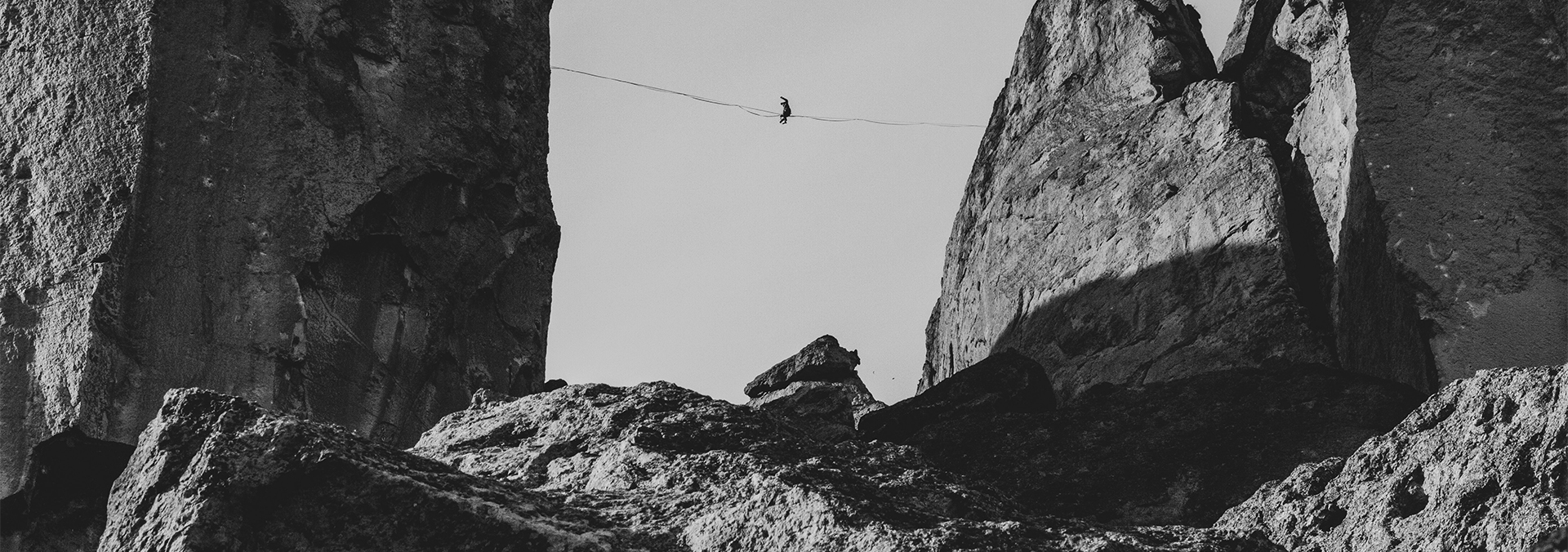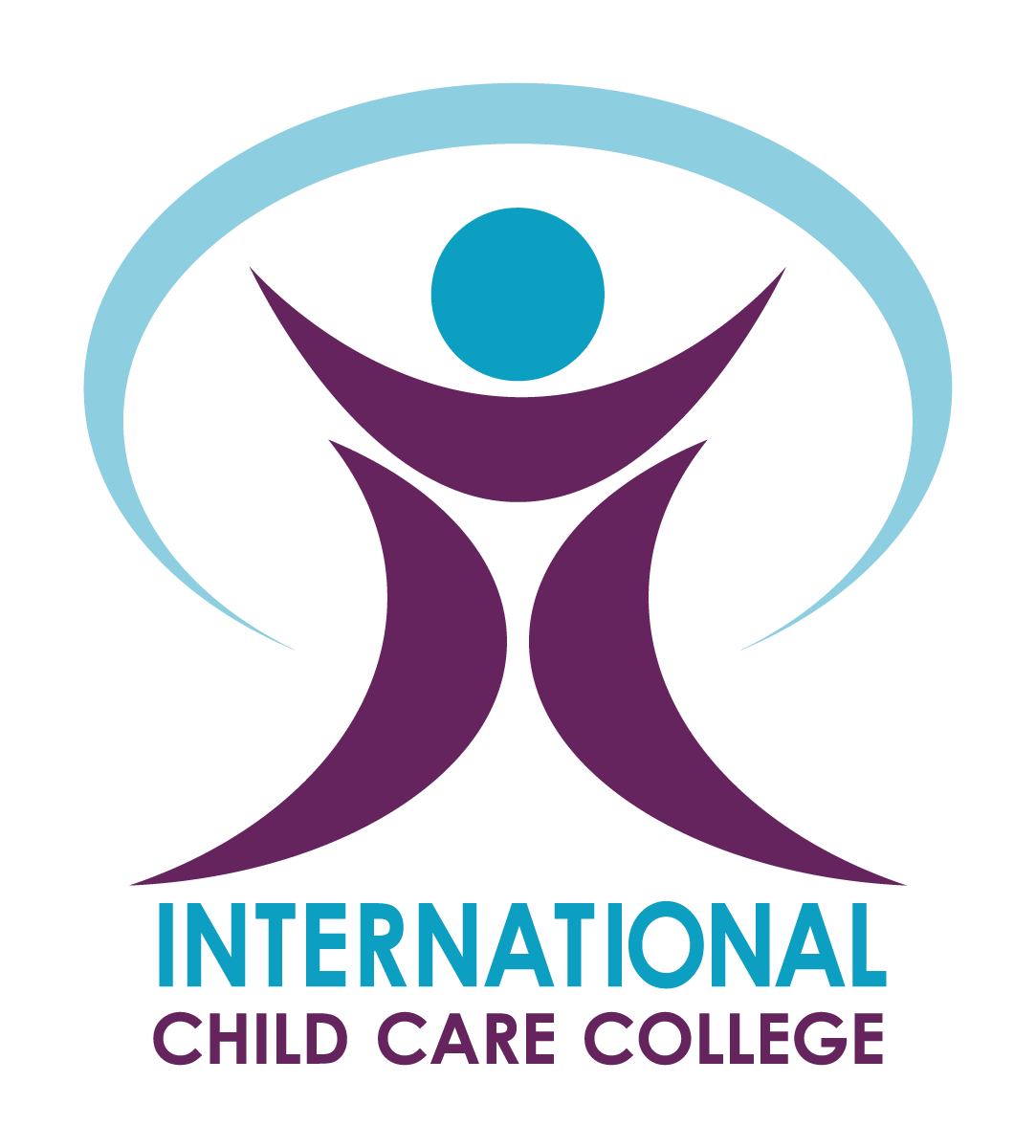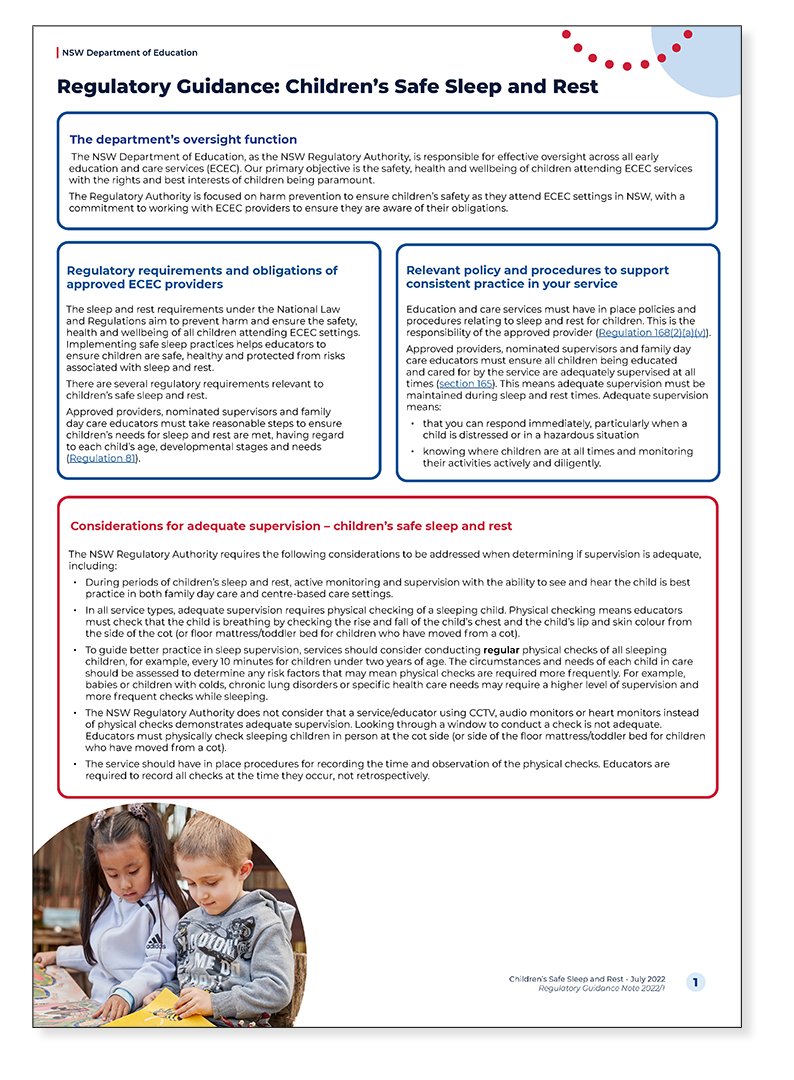
By now you will have adapted your practices to the recent changes to the NQF. Most of these changes focus on tightening policies and procedures to ensure children’s safety which, of course, is a high priority for all services. To support services, ACECQA has developed a comprehensive Risk Assessment and Management Tool (RAMT).
This tool includes templates for daily risk assessment of the indoor and outdoor environment. It also includes risk assessment of learning experiences. Importantly, the RAMT also stresses the importance of providing children with challenges, supporting children in risky play and providing opportunities for children to develop the skills necessary to self-manage risk. Balancing challenge/risk with safety requires Educators to carefully supervise children and give them age-appropriate strategies to manage risk.
The regulatory changes do not specify a requirement to carry out a risk assessment on every learning experience – to do so would be impractical. However, where experiences offer risky play, a risk assessment would support Educators to make informed choices around supervision and risk minimisation strategies.
In response to the regulatory changes, Red Nose Australia has created a Safe Sleep & Rest Physical Checks Template. It includes 7 items to observe along with 31 descriptors:
-
- sleep position
- breathing
- skin and lips
- head position
- body temperature
- airway
- state
The document states:
“The purpose of this tool is to provide Educators a place to document their observations as they supervise and perform physical checks on sleeping children. It will ensure Educators conduct safe and quality physical checks on children during sleep and rest times and is intended for use when working with children 12 months and below. Please note it is encouraged that Educators continue to use this tool for children beyond 12 months of age. Checks must be frequent and of a high standard, as per your service’s policy and procedures.”
While this document is not mandatory, there is little doubt that most services will use it as evidence of frequent and of a high standard risk management.
Are the Recommendations Feasible?
NSW Department of Education recommends as a guideline for better practice in sleep supervision, that services should consider conducting regular physical checks of all sleeping children, e.g. every 10 minutes for children under two years of age.
In a service with 8 children under two years, the following scenario could arise:
- these children sleep for an average of 1 hour in the morning and 1 hour in the afternoon
- the need for 96 physical checks.
- 3 hours and 20 minutes on one Educator’s time, if each check took as little as 2 minutes.
In services where Educator to child ratios are minimal, this would place substantial strain on Educator duties.
Educator Wellbeing
I am in no way criticising the necessity of checks on sleeping babies and toddlers. However, I do believe that, as we continue to implement best practice procedures, the cost of care will continue to rise. I also believe that it’s irresponsible for governments to introduce changes without identifying how these changes will be implemented within existing ratios. Much like the need for risk assessment to protect children’s safety and wellbeing, there must also be measures in place to ensure risk management of Educator safety and wellbeing.
Thinking about Educator wellbeing, I came across two short films (see below) that embody the incredibly important and vital role of Early Childhood Educators. I hope you find them as uplifting as I did!
Karen Kearns (M.Ed (EC) B.Ed.(EC) Grad.Dip.Ed. (Spec. Ed.)
CEO, International Child Care College


